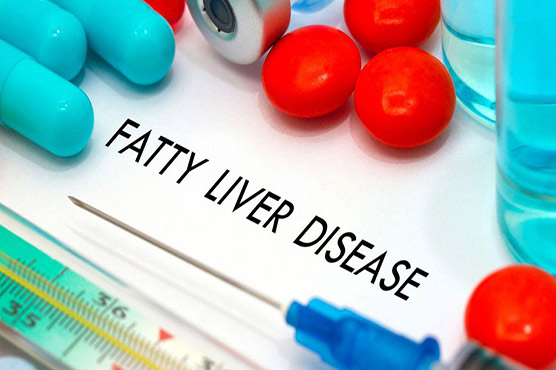Cirrhosis, cancer risks higher with fatty liver - especially in diabetics

Nonalcoholic fatty liver disease (NAFLD) has become the most common type of liver disease worldwide.
(Reuters Health) - Fatty liver disease that’s not related to alcohol use is linked with an increased risk of cirrhosis and liver cancer, especially in people with diabetes, according to a large study from Europe.
“We probably need a more systematic way of detecting the liver disease in patients at risk so we can prevent progression,” Dr. William Alazawi from Barts Liver Center and the University of London told Reuters Health by email. “This involves raising awareness of liver disease among patients and their doctors and also making the most of the blood tests and scans that currently exist in people who we know are at risk.”
Nonalcoholic fatty liver disease (NAFLD) has become the most common type of liver disease worldwide. Well known causes of NAFLD include obesity, diabetes, lipid disorders, and inflammatory bowel disease.
People with NAFLD who already have scar tissue (like fibrosis) are known to be at higher risk for progressing to cirrhosis (advanced scarring that makes it difficult or impossible for the liver to function) and liver cancer.
Dr. Alazawi’s team studied data on 18 million Europeans, to investigate the odds that people with NAFLD or NASH (a worse stage of NAFLD with liver inflammation and damage) would develop cirrhosis or liver cancer.
After accounting for age, smoking, and body mass index, the researchers found people with NAFLD or NASH were almost five times more likely than people with healthy livers to develop cirrhosis and 3.5 times more likely to develop liver cancer.
Compared to people with NAFLD or NASH and mild liver fibrosis, those with high-risk liver fibrosis were more than 33 times more likely to develop cirrhosis and 25 times more likely to develop liver cancer, according to the May 20th BMC Medicine online report.
Among people with NAFLD or NASH, those with diabetes were more than twice as likely as those without diabetes to develop liver cirrhosis or cancer.
Overall, about half of the patients who developed cirrhosis did so within two or three years after their NAFLD was first diagnosed and within as little as six months after a diagnosis of NASH.
“The fact that patients acquired a diagnosis of cirrhosis or HCC within a few years of being diagnosed with NAFLD/NASH (suggests) that patients are being diagnosed late in the disease course,” Alazawi said.
“Knowing that diabetes is an independent predictor of cirrhosis and liver cancer is very important from a clinical point of view, as it helps us focus efforts to find patients who may benefit from intervention,” Alazawi said.
“Liver disease can progress ‘silently’ to advanced stages,” he said, “and people with diabetes are at increased risk. This reminds doctors to consider assessing the liver as they review people with diabetes and also encourages patients to look at lifestyle, losing weight, and cutting back the amount (of alcohol) they drink.”


